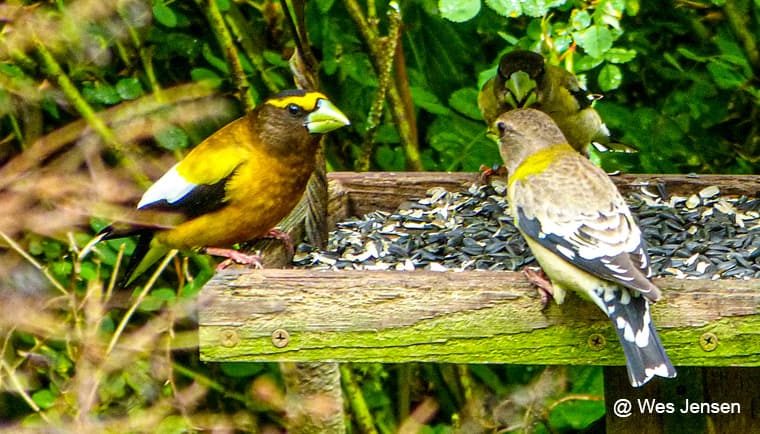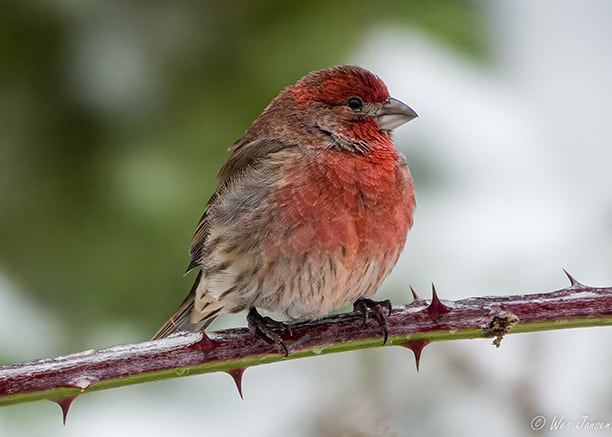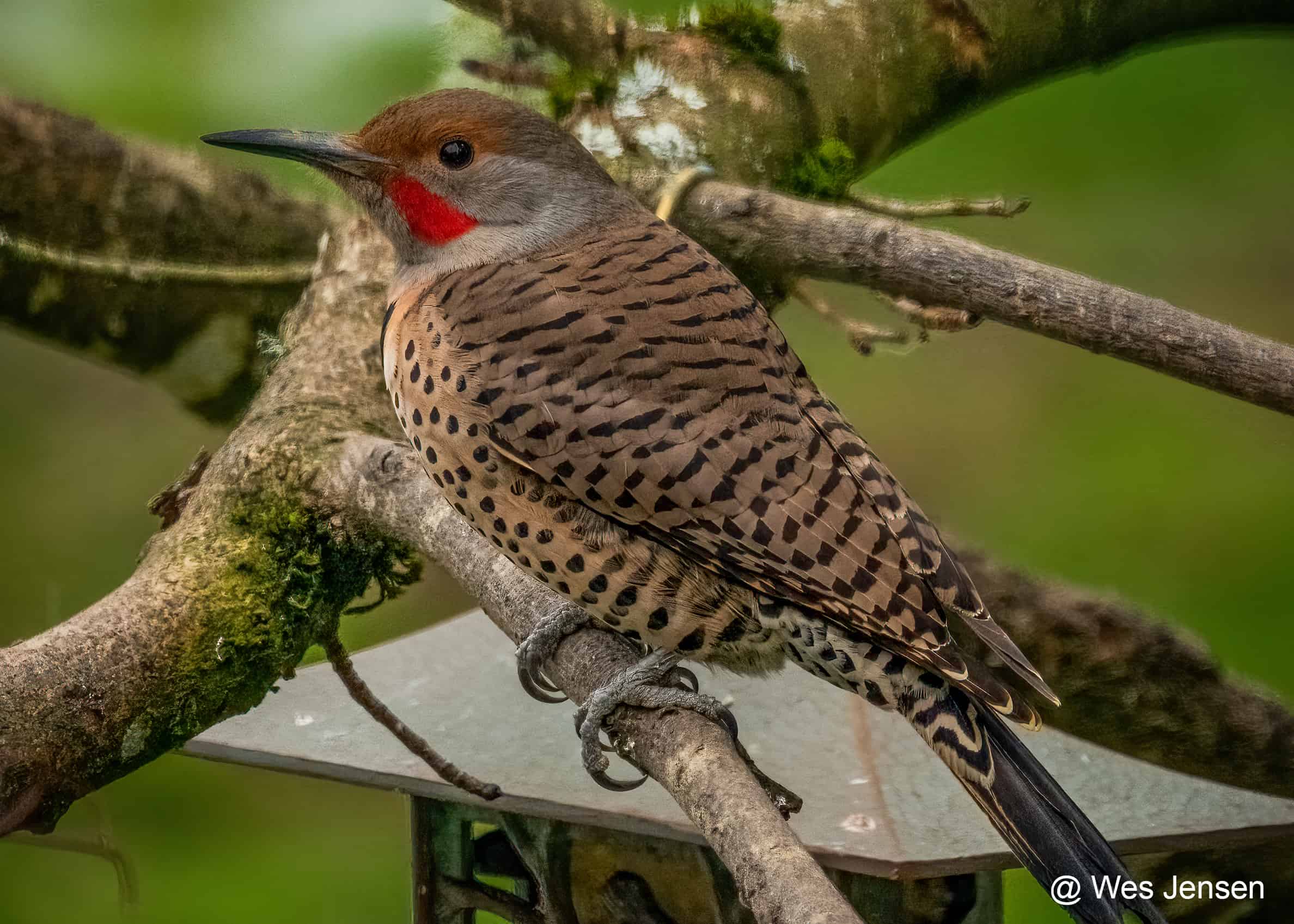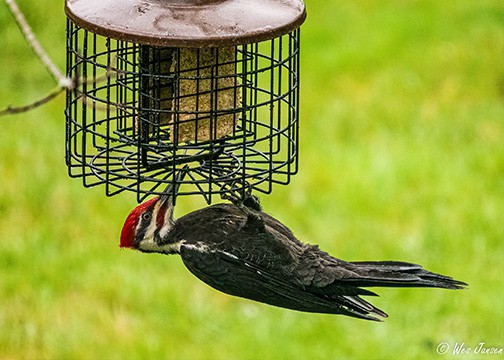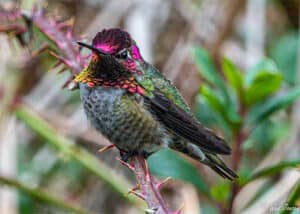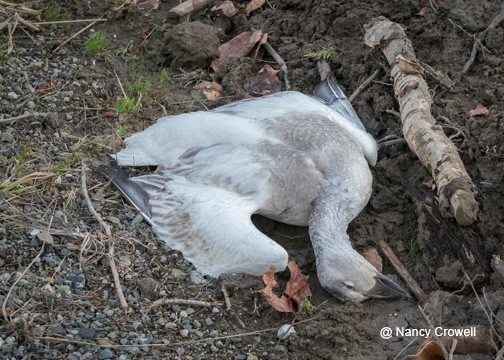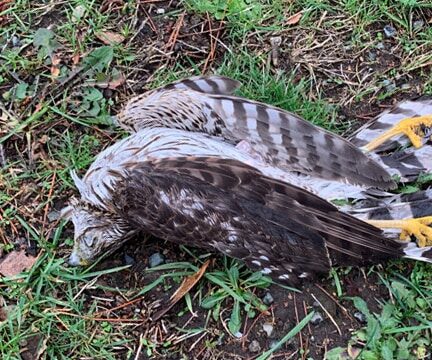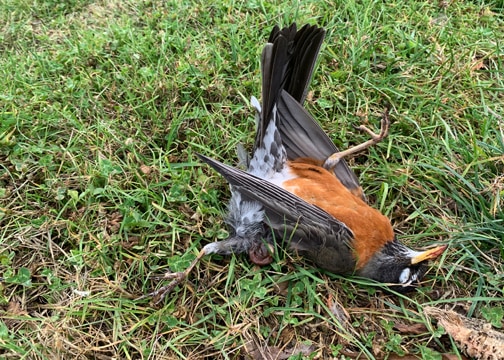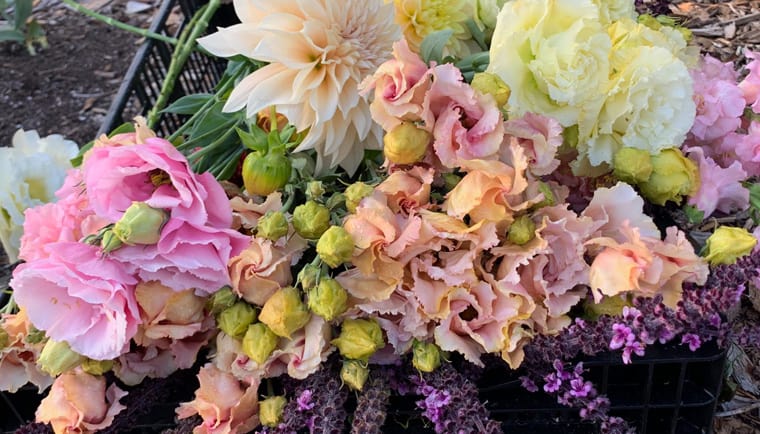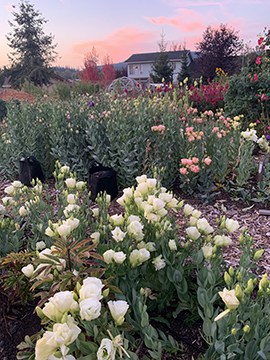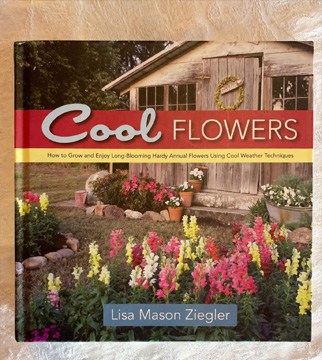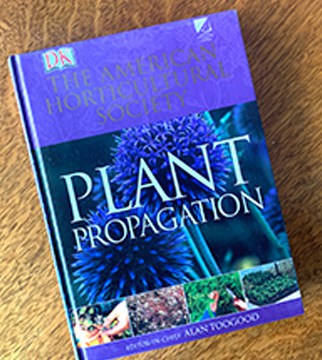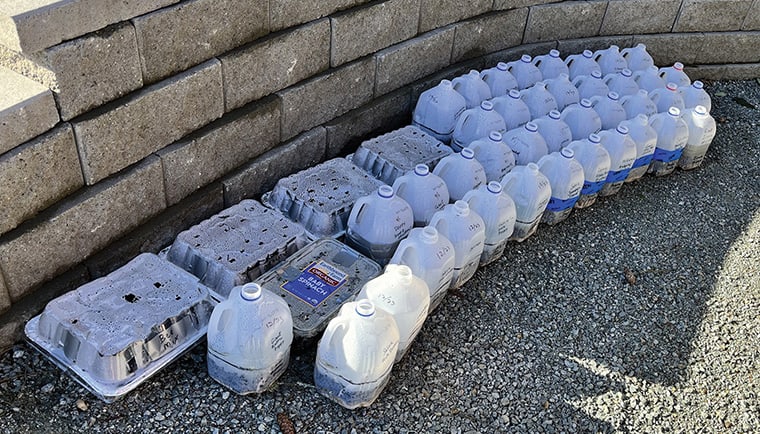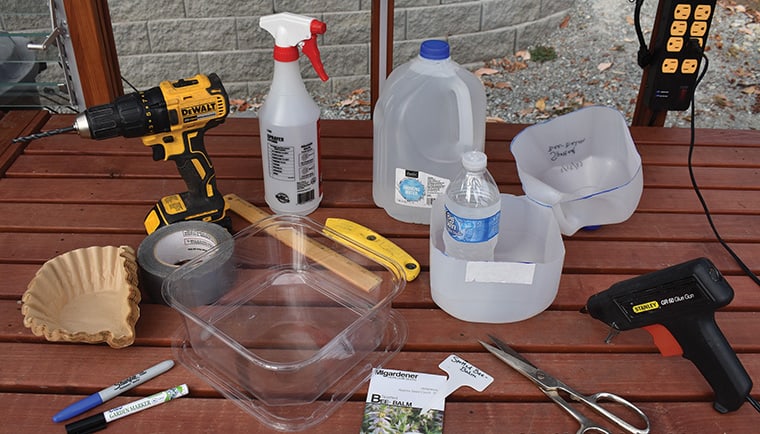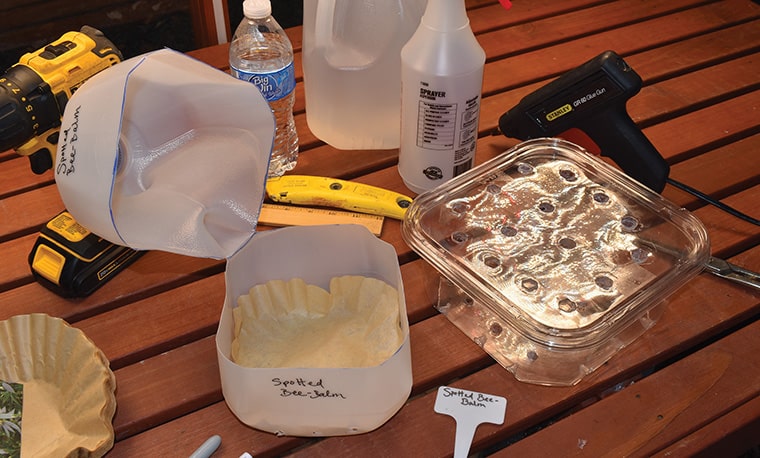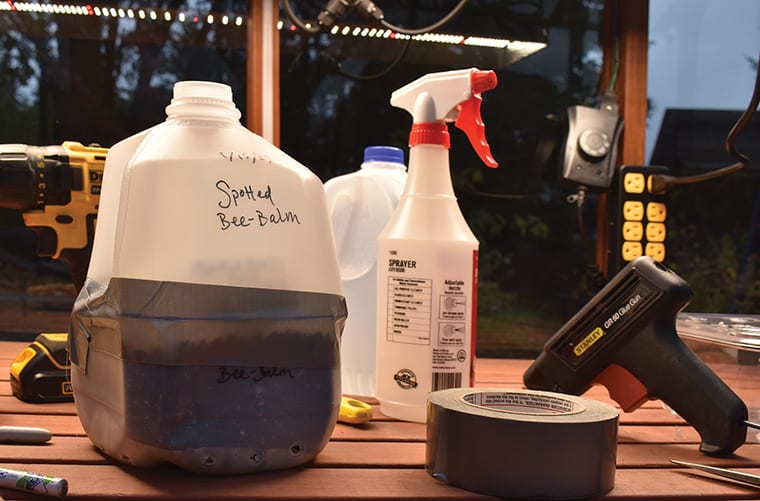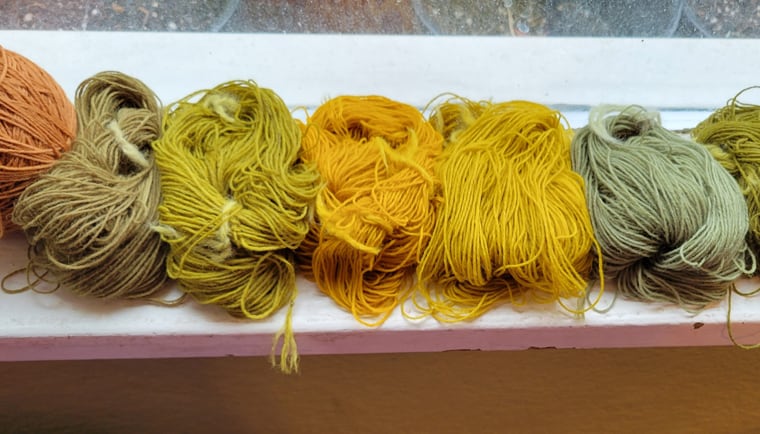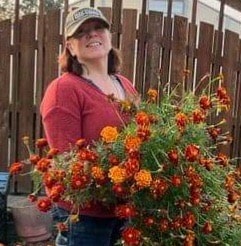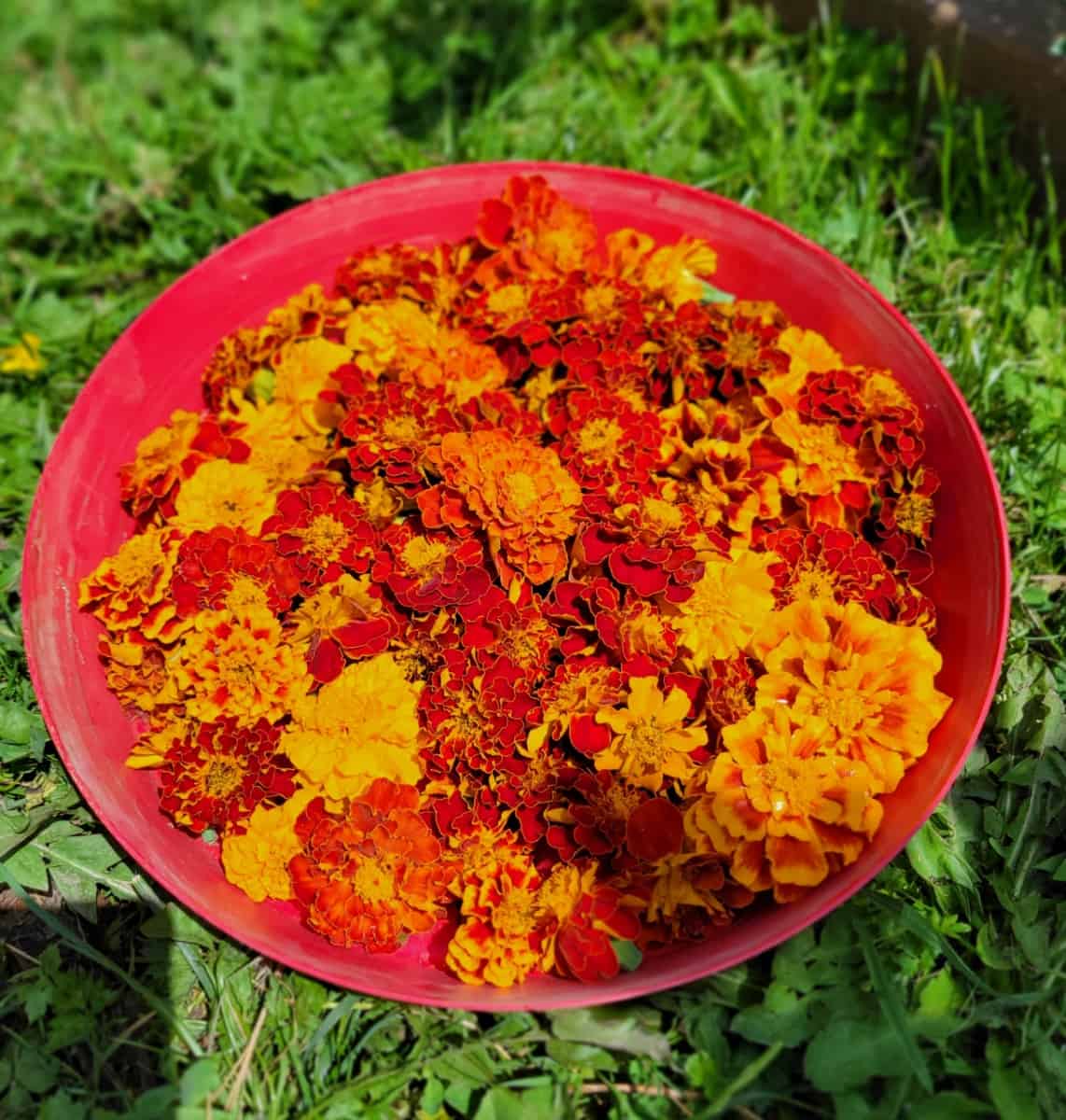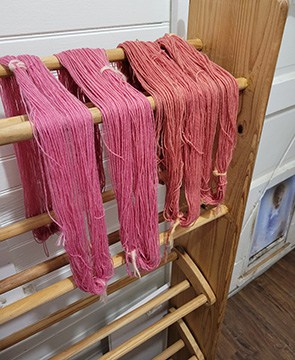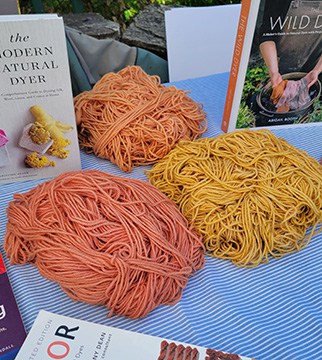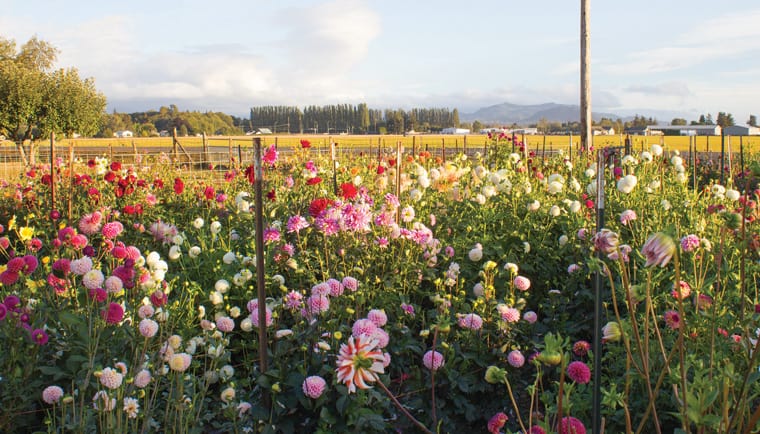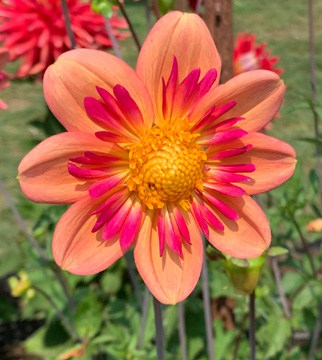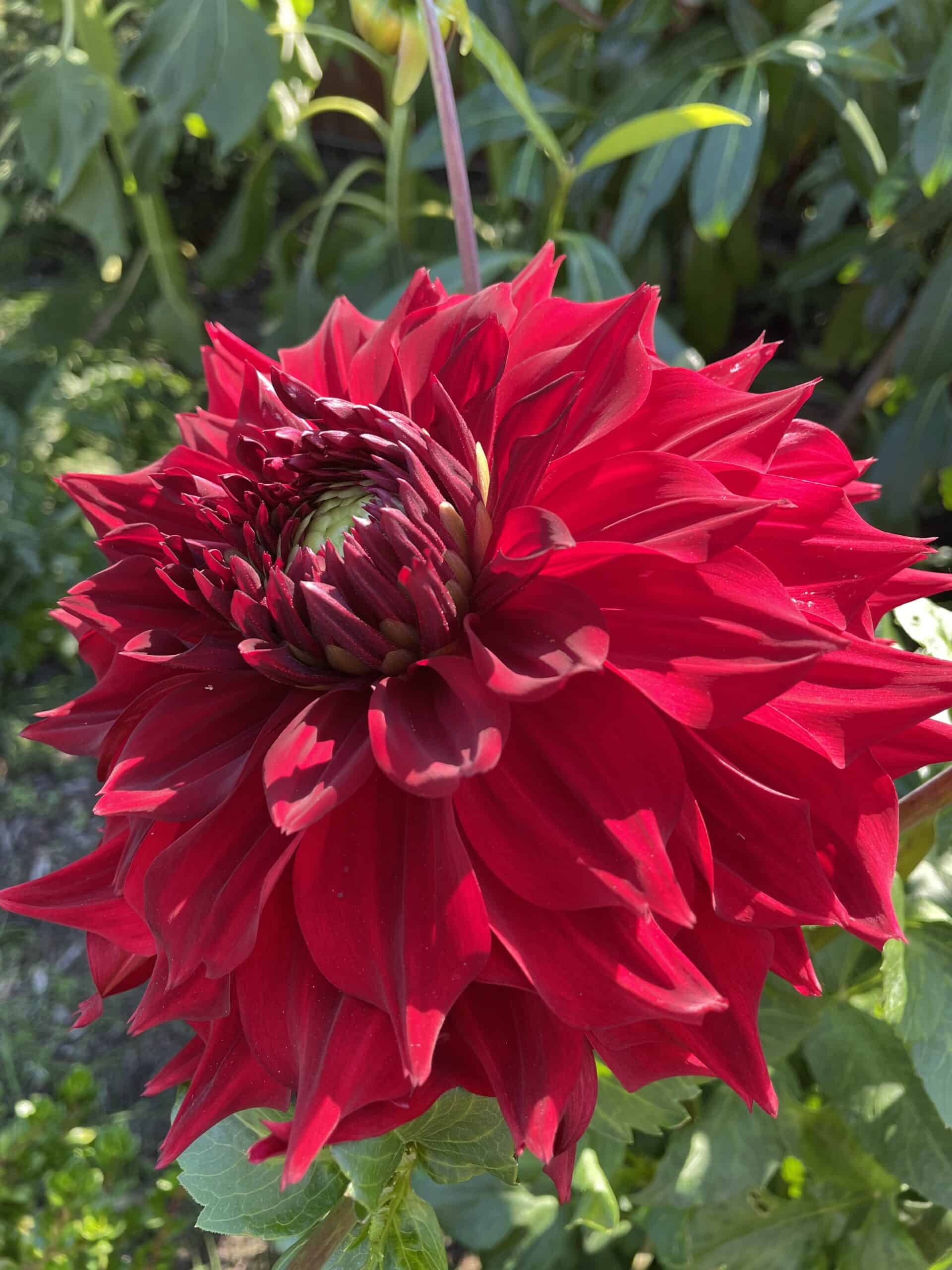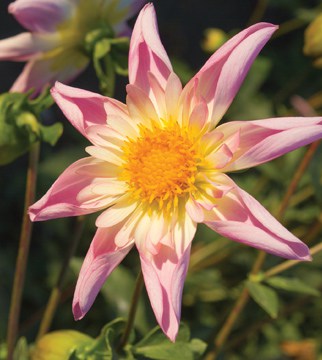
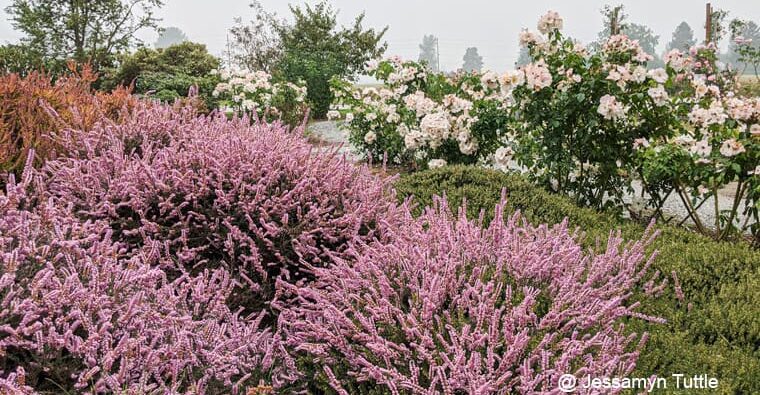
Heathers and Heaths
An evergreen shrub well-adapted for Pacific Northwest landscapes
Subscribe to the Blog >By Robin Fowler-Lee, Skagit County WSU Extension Master Gardener
“No evangel among the mountain plants speaks Nature’s love more plainly than Cassiope.”
– John Muir
Heathers and heaths, common in our area, have a multitude of characteristics and are well-adapted to the Pacific Northwest landscape. Ericaceae is the family of the heather plants, but it also includes rhododendrons, blueberries, mountain laurels, and more. While it’s a bit of a misnomer to categorize all shrubs of this character as “heather,” it is the predominant term for describing these compact, evergreen shrubs.
Our usage of the term “heather” includes:
- Heath, or Erica
- Heather, or Calluna
- Daboecia

Robin Fowler Lee
Characteristics:
Erica (heath) has greater than 800 species and varies in size, texture, color, and form. Very few grow higher than 36 inches, and they can vary in width from 10 – 70 inches. There are tree heaths that can grow up to 10 feet tall, although they are easily damaged by frost in the Pacific Northwest. Heaths have ‘teeth,’ or needle-like foliage.
Calluna (heather) have ‘feathers,’ or flat, fan-like foliage. With over 300 cultivars, Calluna has the greatest variety in foliage color and can be attractive year-round.
Daboecia is the smallest group of heathers, usually growing smaller and seen in higher altitudes. There is another high-altitude species, Cassiope mertensiana, which is one of the wildflowers that grow along Mount Rainier.
Heathers can bloom in summer or winter, depending on the species. Foliage can change colors throughout the seasons. Calluna has more dramatic foliage changes but can also be winter or summer bloomers. They are drought-resistant, deer-resistant, unaffected by gophers, moles, slugs and snails, and dramatic if planted in drifts with room to spread.
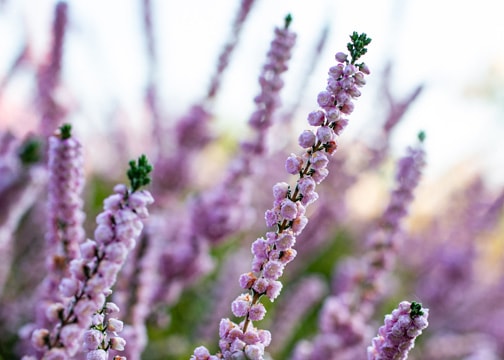
Photo by Jessamyn Tuttle/ Skagit County WSU Extension Master Gardeners.
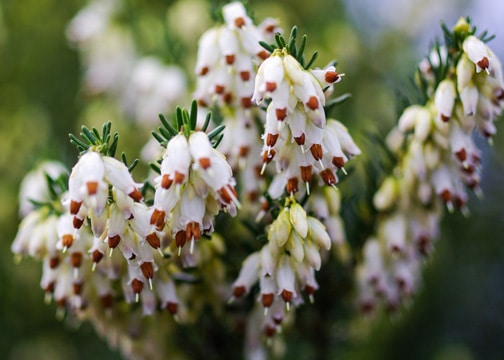
Photo by Jessamyn Tuttle/ Skagit County WSU Extension Master Gardeners.
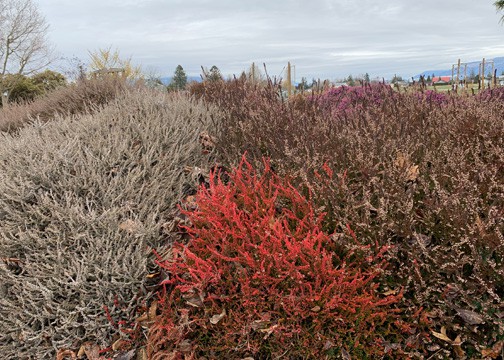
Heaths and Heathers found the Discovery Garden on Highway 536 west of Mount Vernon begin blooming in early February and continue through the summer. Photo by Ginny Bode/ Skagit County WSU Extension Master Gardeners.
Use in the landscape:
Designing with heathers can be an adventure, as there are so many forms, flowering colors, foliage colors, and textures. They mix well with conifers, rhododendrons, grasses, and other drought-tolerant perennials such as rosemary and sedum. They also fit in many garden styles including cottage, formal, Japanese, perennial gardens, and work well in containers. They provide nutrition for bees, butterflies, and birds.
Planting and cultivation:
Heathers grow best in acidic soil and sunny locations. In general, heathers should be planted in a location with at least 6 hours of full sun, where there is good drainage. Peat moss can be mixed with an acidic soil base to help roots establish. They have low nutritional needs; supplying a small amount of acid-loving fertilizer once a year for two years is all that is needed for healthy development.
Drip irrigation, if used, should emit water away from the crown. Mulching with a bark of various sizes, such as aged compost, partially decomposed conifer bark, pine needles, or chopped oak leaves is best. When mulching, allow breathing room around the crown. Although they love our fog, heathers can be susceptible to fungi if mulched heavily around the crown, and also if they are crowded with minimal airflow.
Pruning:
Compact heathers minimize weed proliferation and preserve moisture. Pruning should occur after flowering. Because there is so much variety in bloom time, sometimes it is easiest to prune both heather and heath in the early spring. Pruning should not occur in the extremes of winter or summer. When pruning, the stems should be cut just below the spent flowers but maintaining green foliage. They can be pruned with shears or an electric hedge trimmer. Hand clippers can also be used on the new plantings to develop a compact form. Pruning to a mushroom shape will give the shrub a compact form. The sides are best pruned as well as the top; just avoid cutting all the foliage on the sides, as this gives the heather a boxed look with naked, woody sides.
Erica usually requires less pruning and is less cold-tolerant. They tend to maintain their compact nature more than Calluna. Erica will grow fuller if dead flowers are removed in the early spring. They will send out new, fuller growth and more blooms with the early spring pruning. Calluna, however, depending on the variety and bloom time, can be pruned in the fall. Calluna will have a much better appearance if pruned annually. After the flowers fall off the stem no new foliage grows, and thus they can become gangly and unappealing if not pruned.
You can learn more about heathers at heatherworld.org or stop by the Skagit County WSU Extension Master Gardener demonstration gardens: Discovery Garden (16650 WA-536, Mount Vernon, WA 98273) to explore the Heather Garden. Look closely at the foliage to see if you can distinguish the heaths from the heathers.
RESOURCES:
- David Small and Ella May T. Wulff, Gardening with Hardy Heathers, Portland, OR Timber Press, 2008
- Lloyd Eighme, “Heathers for Warm Gardens,” Pacifichorticulture.org
- John Muir, PlantID.net, White Mountain Heather
- Maria Krenek, UCCE, Master Gardener of Humboldt and Del Norte Counties, youtube, August 2020
ABOUT THE AUTHOR:
Robin Fowler Lee is a 2022 graduate of the Skagit County WSU Extension Master Gardener Program and is the coordinator for the Heaths and Heathers Garden at the Discovery Garden on Highway 536 west of Mount Vernon.
